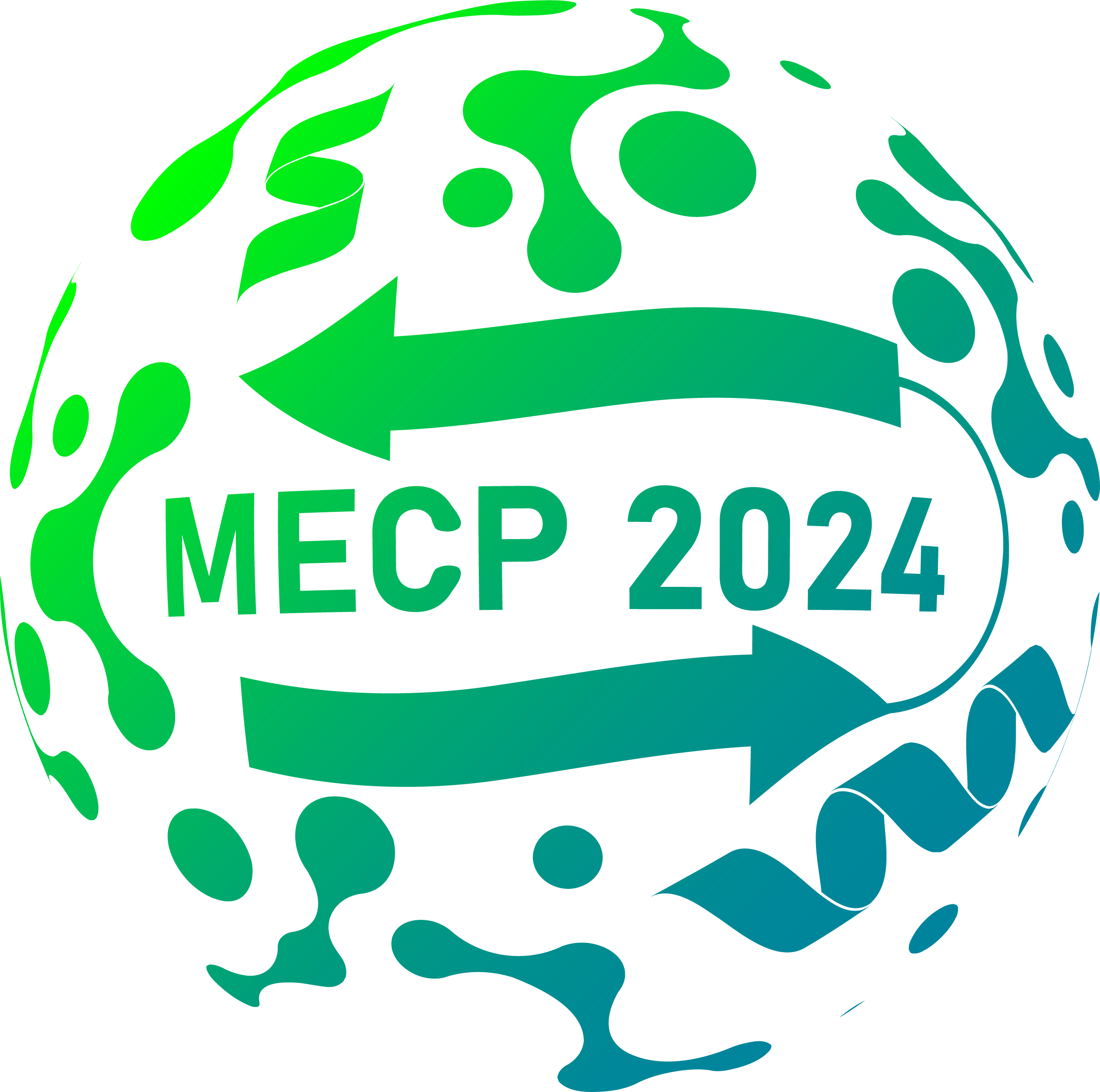
Francesco Mutti
University of Amsterdam
Biocatalytic Cascades for the Synthesis of Chiral Amines and Amino Alcohols with Two Stereogenic Centers
The enzymatic synthesis of chiral amines offers numerous advantages compared to chemocatalytic methods in terms of efficiency, selectivity, environmental sustainability, and applicability with diverse substrates.[1] In this context, my group has focused on the synthesis of α-chiral amines from prochiral ketones using amine dehydrogenases (AmDHs), imine reductases (IReds) and ω-transaminases (ωTAs). For example, we have created a new family of AmDHs from the enzyme scaffold of an ε-deaminating L- lysine dehydrogenase (LysEDH), which was applied for the synthesis of pharmaceutically relevant amines in enantiopure form.[2] AmDHs were also incorporated into biocatalytic cascades with alcohol dehydrogenases (ADHs) to perform the hydride- borrowing conversion of alcohols into α-chiral amines using isolated enzymes, or co- immobilized enzymes, or E. coli cells in vivo.[3] Notably, some of the mentioned LysEDH variants exhibited a dual ADH-AmDH activity that was harnessed for the first example of a one-pot, one-enzyme alcohol amination.[4]
However, many biologically active compounds contain α-chiral amines or amino alcohols having more than one stereogenic center. These amines can be effectively synthesized via biocatalytic cascades. For example, we have presented a multi- enzymatic route for the formal regio- and stereoselective aminohydroxylation of β- methylstyrene, comprising a selective epoxidation, a hydrolysis, and a hydride-borrowing alcohol amination. This cascade yielded (1R,2R) and (1S,2R)-phenylpropanolamines in 59–63% isolated yields and excellent chemo- and stereoselectivities.[3a] A variation of these cascades consisted in the combination of ADH, ωTA, and an alanine dehydrogenase in a redox-neutral network to give access to all four stereoisomers of phenylpropanolamine with excellent selectivities.[5] We have also explored the biocatalytic conversion of α,β-unsaturated ketones to chiral secondary and tertiary amines with two stereogenic centers by combining ene-reductases with imine reductases/reductive aminases. This strategy allowed us to synthesize all four stereoisomers with high d.e. and e.e. (up to >99.8:<0.2), without side-product formation and using ammonium or alkylammonium formate buffer as the sole additional reagent.[6]
_________
[1] A. R. Alcantara, P. Dominguez de Maria, J. A. Littlechild, M. Schurmann, R. A. Sheldon, R. Wohlgemuth,
ChemSusChem 2022, 15, e202102709.
[2] V. Tseliou, T. Knaus, M. F. Masman, M. L. Corrado, F. G. Mutti, Nat. Commun. 2019, 10, 3717.
[3] a) M. L. Corrado, T. Knaus, F. G. Mutti, Green Chem. 2019, 21, 6246-6251; b) W. Böhmer, T. Knaus,
F. G. Mutti, ChemCatChem 2018, 10, 731-735; c) J. A. Houwman, T. Knaus, M. Costa, F. G. Mutti, Green
Chem. 2019, 21, 3846-3857.
[4] V. Tseliou, D. Schilder, M. F. Masman, T. Knaus, F. G. Mutti, Chem. Eur. J. 2021, 27, 3315-3325.
[5] M. L. Corrado, T. Knaus, F. G. Mutti, ChemBioChem 2021, 22, 2345-2350.
[6] T. Knaus, M. L. Corrado, F. G. Mutti, ACS Catal. 2022, 12, 14459-14475.
_________
View Abstract as PDF:
OP16_Francesco Mutti.pdf
_________
Wed. April 17 | 11:00 – 11:20 hrs – Biocatalytic Cascades for the Synthesis of Chiral Amines and Amino Alcohols with Two Stereogenic Centers
